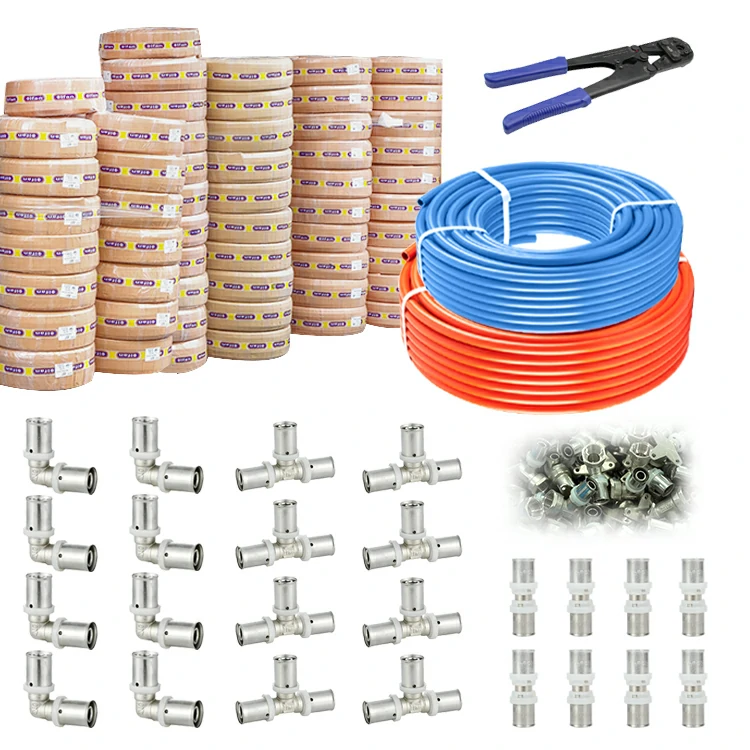brass press fittings can be used for gas piping, and they are commonly employed in gas installations, gas pex press fittings provided they meet the required standards and are installed correctly.
However, there are specific factors to consider when using brass press fittings for gas pex press fittings gas systems:
1. Material Suitability
- Brass is inherently resistant to corrosion, which is crucial for gas systems that may involve exposure to various environmental conditions. Brass fittings are commonly used in natural gas and propane systems, as they provide a reliable, durable seal.
- Lead-Free Brass: For gas installations, it is important to ensure that the brass press fittings are made from lead-free brass or compliant alloys.
2. Compliance with Standards and Codes
- Approval and Certification: Different regions and countries have their own standards for gas piping systems, such as the European EN 1254-6, U.S. ANSI/ASME B16.33, and Canadian CSA B137.8. It’s important to choose fittings that are specifically labeled for gas use and tested for gas-tightness under pressure.
- Gas-Specific Fittings: Not all press fittings are rated for gas applications. Make sure the brass press fittings you’re using are designed and rated for gas.
3. Leak-Proof Performance
- Leak Prevention: Brass press fittings are known for their leak-proof capabilities, which is crucial for gas installations. The mechanical crimping or pressing of the fitting onto the pipe creates a strong, secure seal that helps prevent gas leaks, which could otherwise be hazardous.
- Pressure Testing: Once installed, a pressure test should be conducted on the gas system to ensure all connections are sealed properly. Gas piping systems should always be checked for leaks, whether brass press fittings or other types of fittings are used.
4. Installation Considerations
- Correct Tools: The tool must apply the correct amount of force to ensure a secure, permanent seal. Pressing the fittings too lightly or too strongly could cause improper sealing or damage to the fitting.
- Proper Alignment: As with any press fitting, correct insertion depth of the pipe into the fitting is crucial. Misalignment or incomplete insertion can lead to leaks or weak joints, which is particularly dangerous in gas installations.
5. Durability and Long-Term Performance
- Brass press fittings are designed to be durable and perform well in high-pressure environments, which is essential for gas systems that operate under significant pressure.
6. Advantages in Gas Systems
- No Heat or Flame Required: Since brass press fittings do not require heat for installation (unlike soldered fittings), the risk of accidental fire or damage to surrounding materials is eliminated during installation. This is a major safety benefit in gas applications.
- Quick and Efficient: Brass press fittings are faster to install than traditional methods like threading or soldering, which can reduce installation time and labor costs. The mechanical pressing process is clean and efficient, with no need for waiting for solder to cool or dealing with messy sealants.
Conclusion:
Brass press fittings can be used for gas piping systems, provided that the fittings are certified for gas use, made from lead-free alloys, and meet local standards and regulations. They offer a reliable, safe, and efficient solution for gas installations, thanks to their strong, leak-proof seals and the quick, heat-free installation process.
Standard:ASTM F1974,ASTM F1281,CSA B137,DIN 16836,GB18997,ISO 21003.It is their standard,so it product is safety and Professional.
View more:https://www.ifanfittings.com/


